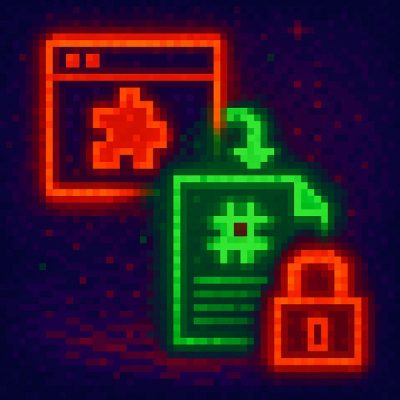@contensis/html-canvas
Convert HTML content to Contensis canvas
Installation
Install with your project's preferred package manager
npm install --save @contensis/html-canvas
yarn add --save @contensis/html-canvas
Usage
Convert a simple HTML snippet to Canvas JSON
import { parseHtml } from '@contensis/html-canvas';
const html = '<h1>test</h1>';
const canvas = await parseHtml(html);
console.log(JSON.stringify(canvas, null, 2));
Create a HTML Parser, passing in configuration to allow the parser to prepare the canvas according to a specific field configuration in a content type.
Prepare a Delivery API client so the parser can find the field configuration and attempt to match external resources (such as images and links) to existing
content in this Contensis project.
import { createHtmlParser } from '@contensis/html-canvas';
import { Client } from 'contensis-delivery-api';
const html = '<h1>test</h1>';
const client = Client.create({
clientDetails: { clientId: '', clientSecret: '' },
clientType: 'client_credentials',
projectId: '',
rootUrl: '',
versionStatus: 'latest'
});
const { parse } = await createHtmlParser({ client, contentTypeId: 'document', fieldId: 'canvas' });
const canvas = await parse(html);
Adding complexity
A more complete example of converting existing entry data in a rich text field type to a canvas representation
import { createHtmlParser, Block } from '@contensis/html-canvas';
import { Client, ZenqlQuery } from 'contensis-delivery-api';
const client = Client.create({
clientDetails: { clientId: '', clientSecret: '' },
clientType: 'client_credentials',
projectId: '',
rootUrl: '',
versionStatus: 'latest'
});
const { parse } = await createHtmlParser({ client, contentTypeId: 'document', fieldId: 'canvas' });
const query = new ZenqlQuery(`sys.contentTypeId = document AND richText EXISTS`);
query.pageSize = 10;
const entries = await client.entries.search(query);
const canvasData: { [id: string]: Block[] } = {};
for (const entry of entries.items) {
if (entry.richText) {
const canvas = await parse(entry.richText);
canvasData[entry.sys.id] = canvas;
}
}
for (const [entryId, canvas] of Object.entries(canvasData)) {
console.log(`Entry: ${entryId}, Canvas: \n${JSON.stringify(canvas, null, 2)}`);
}
Further customisation is available by overriding specific parts of the parser and call the canvas parse function directly
import { DataResolver, createHtmlParser, parse } from '@contensis/html-canvas';
import { Client } from 'contensis-delivery-api';
const html = '<h1>test</h1>';
const client = Client.create({
clientDetails: { clientId: '', clientSecret: '' },
clientType: 'client_credentials',
projectId: '',
rootUrl: '',
versionStatus: 'latest'
});
const { parserSettings, resolver, settings } = await createHtmlParser({ client, contentTypeId: 'document', fieldId: 'canvas' });
class CustomResolver implements DataResolver {
constructor(public client: Client) {
}
async getAssetByPath(path: string) {
const asset = await resolver.getAssetByPath(path);
if (!asset) {
}
return asset;
}
async getEntryByPath(path: string) {
return resolver.getEntryByPath(path);
}
async getNodeByPath(path: string) {
const node = resolver.getNodeByPath(path);
if (!node) {
}
return node;
}
}
settings['type.heading'] = false;
const customResolver = new CustomResolver(client);
const canvas = await parse(html, settings, parserSettings, resolver);
You try this out with the HTML-to-canvas example project
Development
Clone the @contenis/canvas repository and run npm install, cd into the packages/html-canvas directory and run npm run build then npm run test:mock to run through the tests
Testing
npm test will run the tests against a real API, for this you will need to create a .env file in the package root with the following details in it:
rootUrl=""
projectId=""
clientId=""
sharedSecret=""
Adding new tests
You will need to first ensure the .env file mentioned above is in place and all the existing tests are passing with npm test
When the new test(s) are added and passing:
- Run the tests again with
npm run test:record *(you can limit this to run specific tests with describe.only(... in mocha)
- The API calls made for this test run will be saved in JSON files for use later as mocks.
- Run the entire test suite again with
npm run test:mock so we can see all tests working with the new mock data.
- Commit the tests and JSON mocks.



